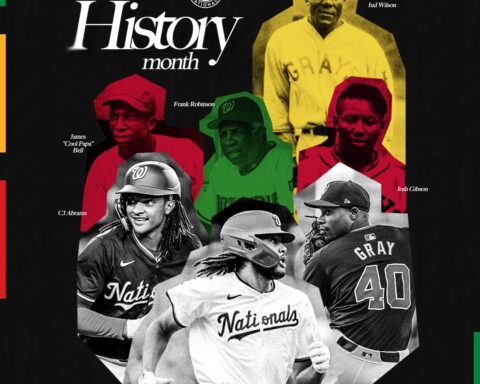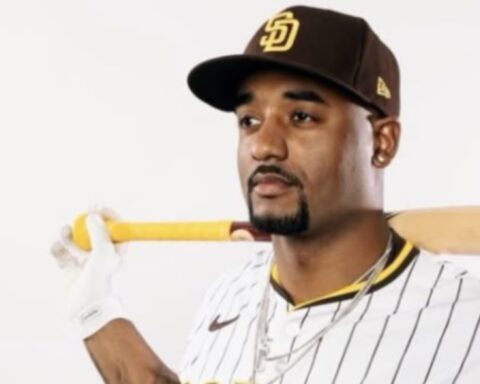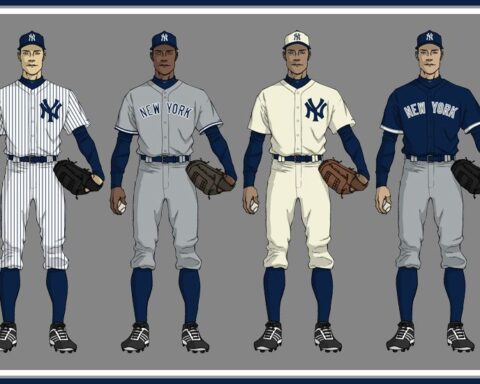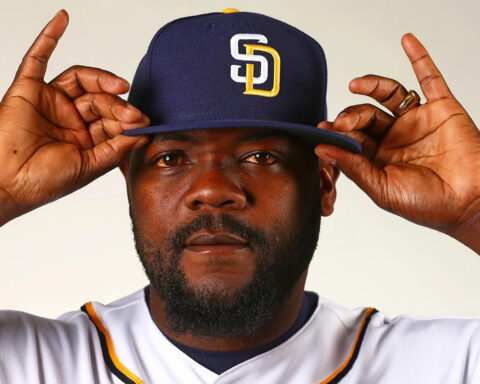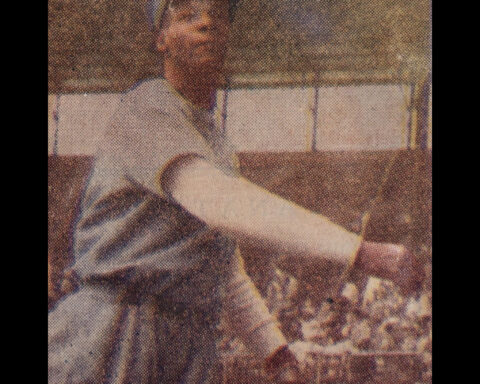It’s that time of year again — Omaha. For true baseball fans, the College World Series is one of those ultimate showcases – a true rite of passage for those fortunate enough to make it. I remember being glued to ESPN watching the tournament since I was very very young; I’m talking at least 30 years now. What do you know about Rosenblatt Stadium, before renovations?
Every year there is a new crop of future MLB top prospects that take center stage in the double-elimination tournament. Over the last decade, with the emergence of college media networks (ACC, Big Ten, SEC, University of Texas, etc.) we’ve seen more college baseball than ever — and that is a beautiful thing. It’s a far cry from when I was growing up in the 90s and the only college baseball games I saw on TV were the CWS. I remember watching the games with my mom (a huge baseball fan), and asking her, “What team are you rooting for?” Earlier in the series, she’d smile at me and say, “I don’t know yet. I haven’t seen the teams.” I’d accept that and move on. But I’d notice as the games went on my mother would pick a team and she would cheer for her team with a passion. It never struck me how or why she’d pick a team – that is until I got older. If you’re a follower of this blog and understand the purpose of this blog, you already know where this is going. My mother would look at all the teams, break down the rosters, and support the most racially diverse team. If there were ever any conflicts, she’d root for the team with the most Black players in the starting line-up. And, if there was ever a Black pitcher on the bump, that seems to skew everything. Later in life, I’d realize that my mother did this for just about everything baseball-related: The College World Series, the Little League World Series, my District 5 regional all-stars — that’s just who my mother is. Diversity in baseball mattered to her. And, clearly, she taught that lesson to me.
So in the spirit of the Black Baseball Mixtape (and my mother), I reviewed the rosters of all eight teams taking the field for the 2022 College World Series, and I’ve selected some players you need to watch — Black Baseball Mixtape style.
Let’s start with the Stanford Cardinals duo of #2 Drew Bowser and #6 Braden Montgomery.
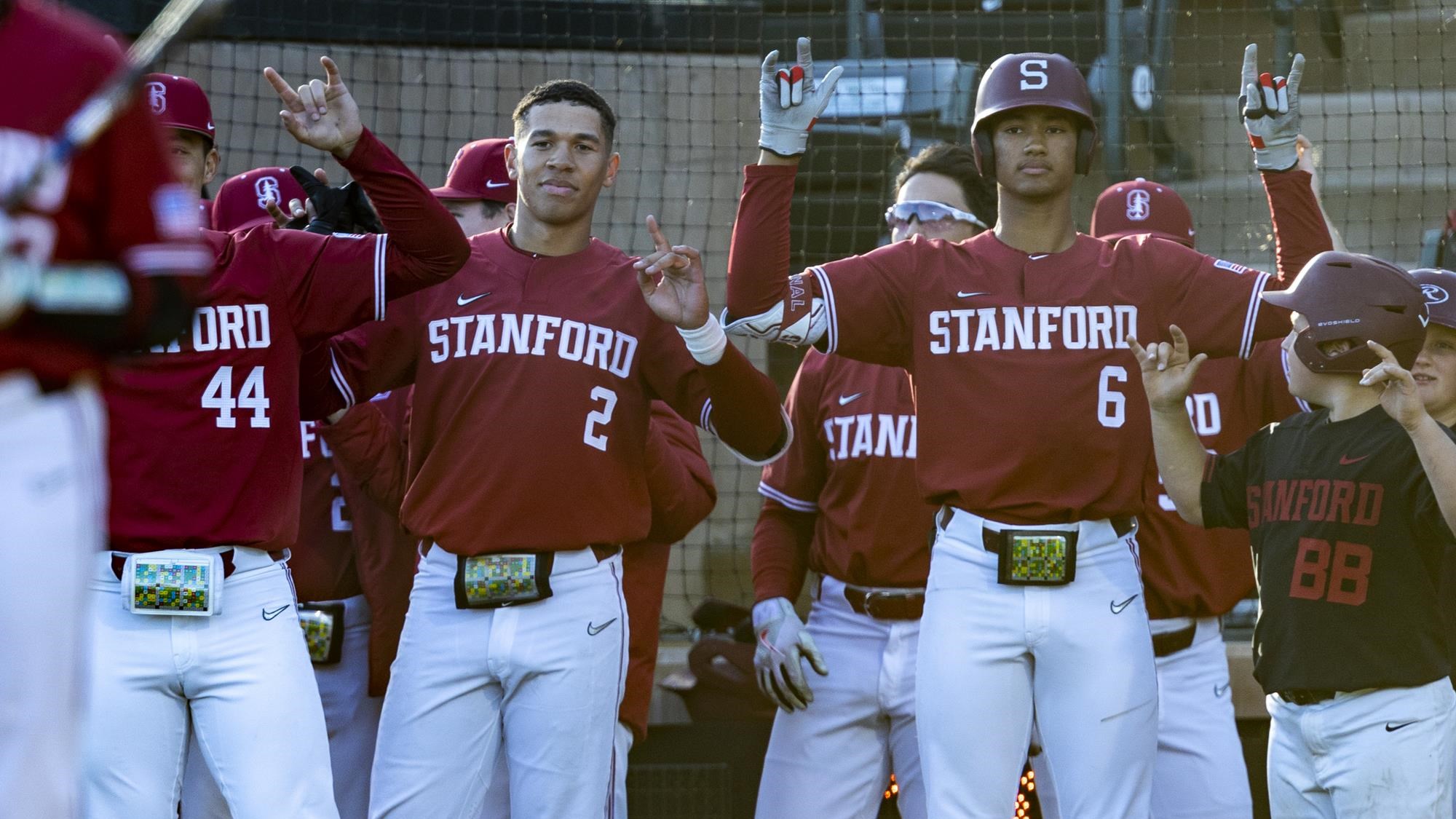
Spoiler Alert: My mother would be rooting for Stanford. They feature starting 3B Drew Bowser and RF Braden Montgomery. The duo has been doing it all season long. And the similar stats are borderline bizarre. These two have been fixtures for a Stanford team that posted a 47-16 record (21-9 Conf). They beat UConn in the Super Regional with neither player hitting particularly well, but they will be looking to make a splash in Omaha.
Drew Bowser, 3B – AVG. 297 GP: 60 – GS: 60 – HR: 18 – RBI: 50 – SB: 0
Braden Montgomery, OF -AVG. 297 GP: 59 GS: 59 HR: 18 RBI: 57 SB: 6
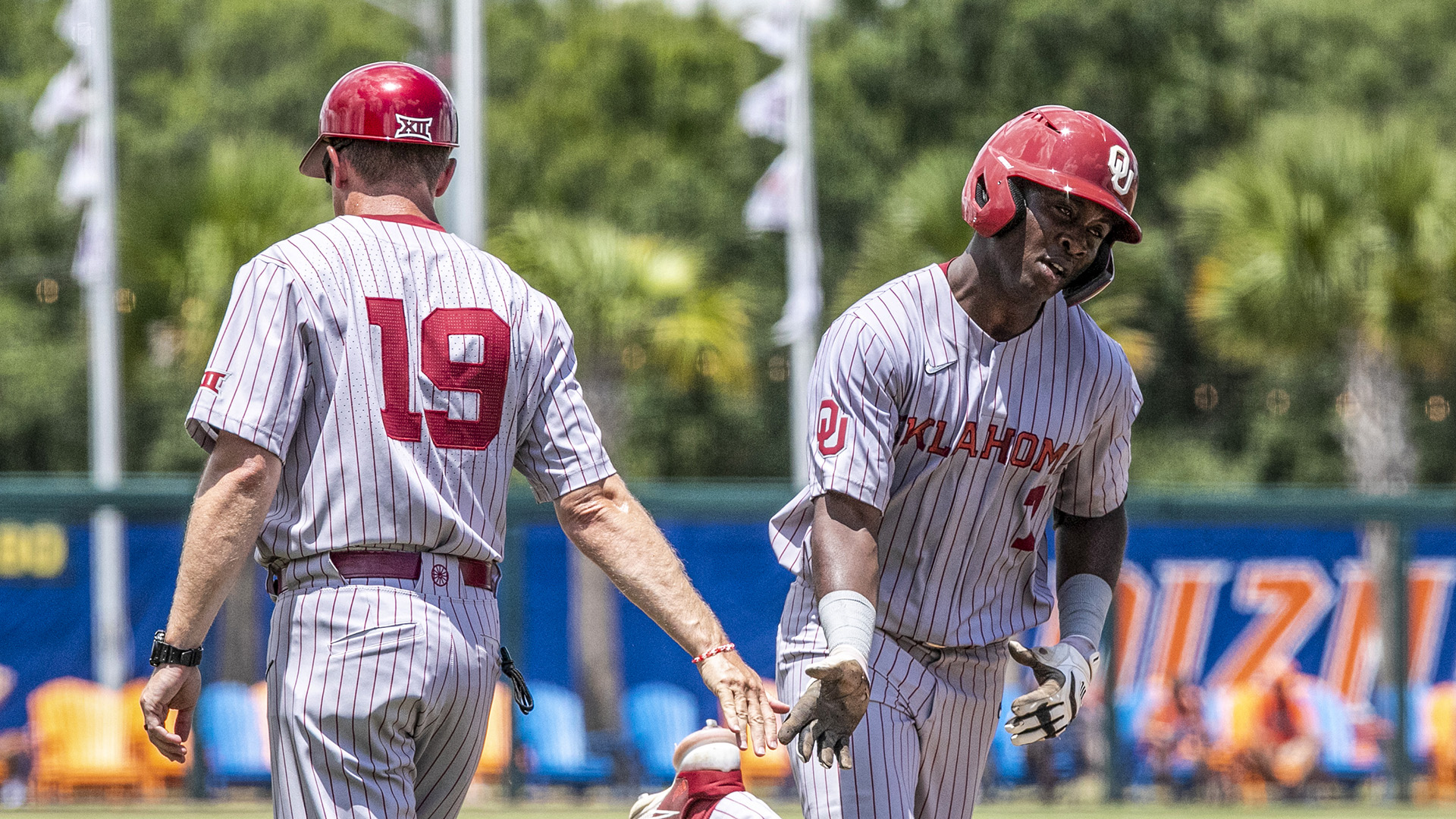
Kendall Pettis, LF, AVG. 279, GP: 50, GS: 43, HR: 5, RBI: 26, SB: 22
Let’s talk about Kendall Pettis, shall we? So, Pettis broke my heart just a little bit in the Super Regional with his epic Game 3 performance against Virginia Tech (I’m from VA – Go VCU Rams). However, what a performance it was: blasting a 2-run HR in the 6th, after already making what had to be the catch of the Super Regional in Left Field. Pettis has had a strong year for OU (44-22, 15-9 Conf). If he repeats his epic performance, he will definitely be back on SportsCenter.
Jalen Battles, SS, AVG. 293, GP: 61, GS: 61, HR: 10, RBI: 44, SB: 2
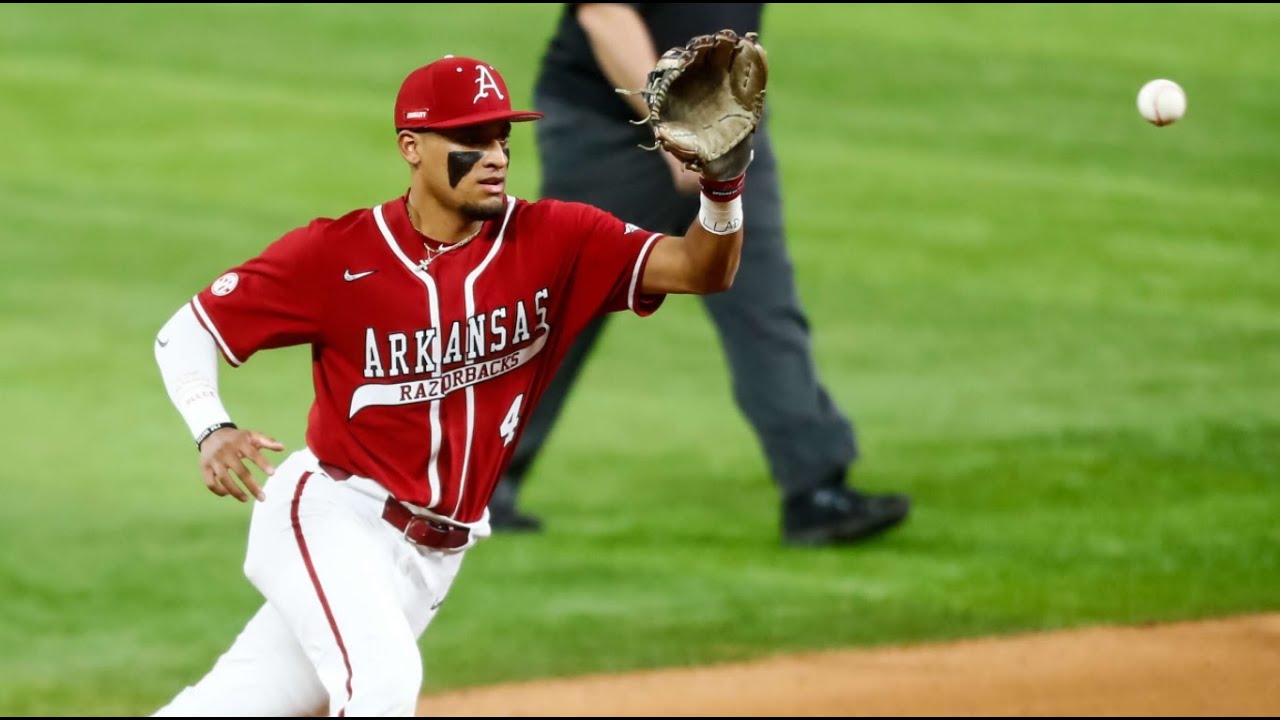
Arkansas’s Battles is normally ranked in the 90 – 100 top MLB draft prospects. He had a strong season for Razorbacks (43-19, 18-12 Conf). He held steady or improved on most of his stats from his 2021 season which yielded him ABAC All-Region (Second Team). Battles is a defensive wizard. He shows tremendous athletism for the position. He has power at the plate, and that “it factor” every star player needs.
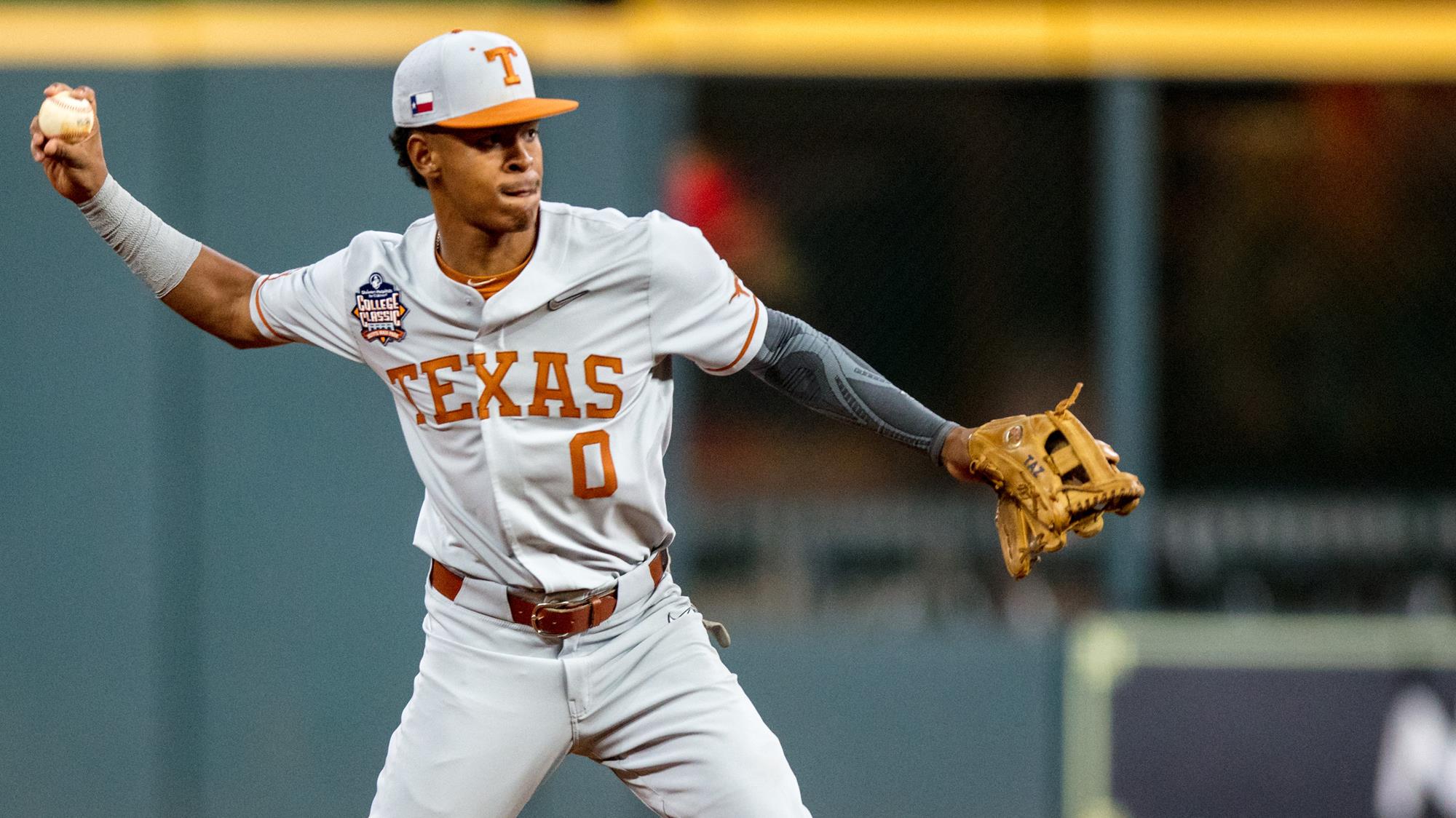
Trey Faltine, SS, AVG. 286, GP: 67, GS: 67, HR: 15, RBI: 56, SB: 6
Certain to be drafted this year, Trey Faltine is one of the best defensive shortstops in all of D1. This season, the goal was to add discipline and power at the plate He succeeded by posting career highs in average, home runs, and RBIs. Between Battles and Faltine, we’re in for a show between second and third base in Omaha.
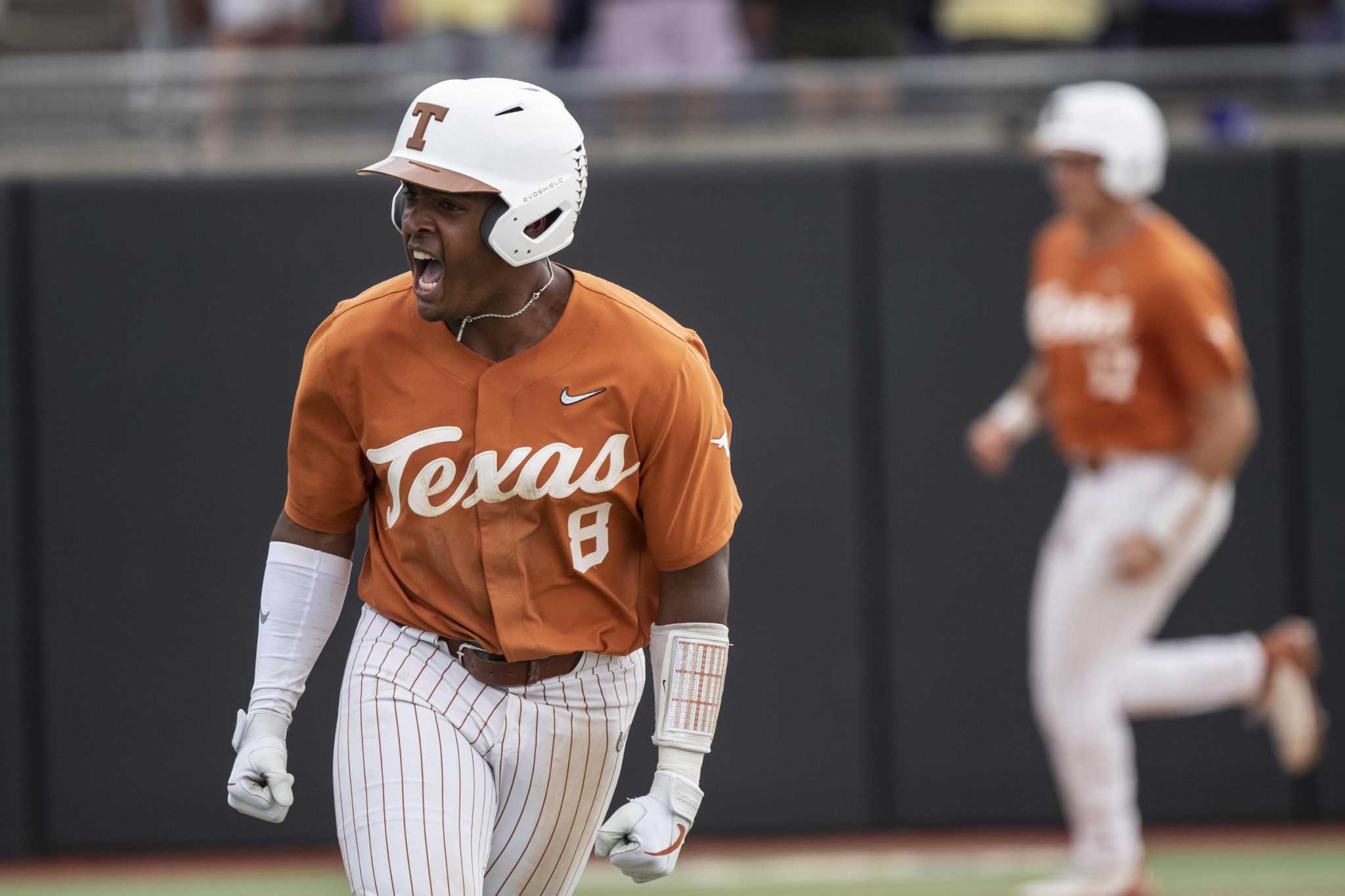
Dylan Campbell, OF, AVG 265, GP: 63, GS: 45, HR: 10, RBI: 29, SB: 12 (Leads Team)
Dylan Campbell has shown both speed and power this season with the Longhorns. He had a big game 2 in the Super Regional with Texas facing elimination. Campbell hit a massive homer in the 8th to take a one-run lead and then hit the game-winning single in the 9th. If Campbell and Faltine get hot, it could make for a very fun series.

TJ Mccants, CF, AVG. 236, GP: 54, GS: 51, HR: 7, RBI: 28, SB: 10 (Leads team)
The sophomore was mostly a late-game substitute in the Super-Regional which is a late-season change since he started 51 games this year. I’m not sure how Mccants will be used in Omaha, but the 21′ Freshman All-American has tremendous talent and could make an impact in Omaha.
So there you have it. The games start Friday on ESPN:
Friday, June 17
Game 1: Texas A&M vs. Oklahoma, 2 p.m. on ESPN
Game 2: Texas vs. Notre Dame, 7 p.m. on ESPN
Saturday, June 18
Game 3: Stanford vs. Arkansas, 2 p.m. on ESPN
Game 4: Ole Miss vs. Auburn, 7 p.m. on ESPN2
Let’s hope these players show up and show out.
